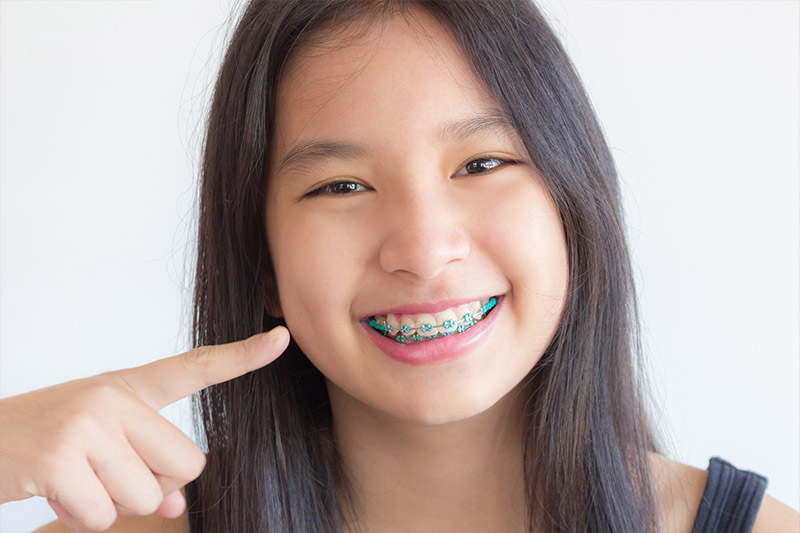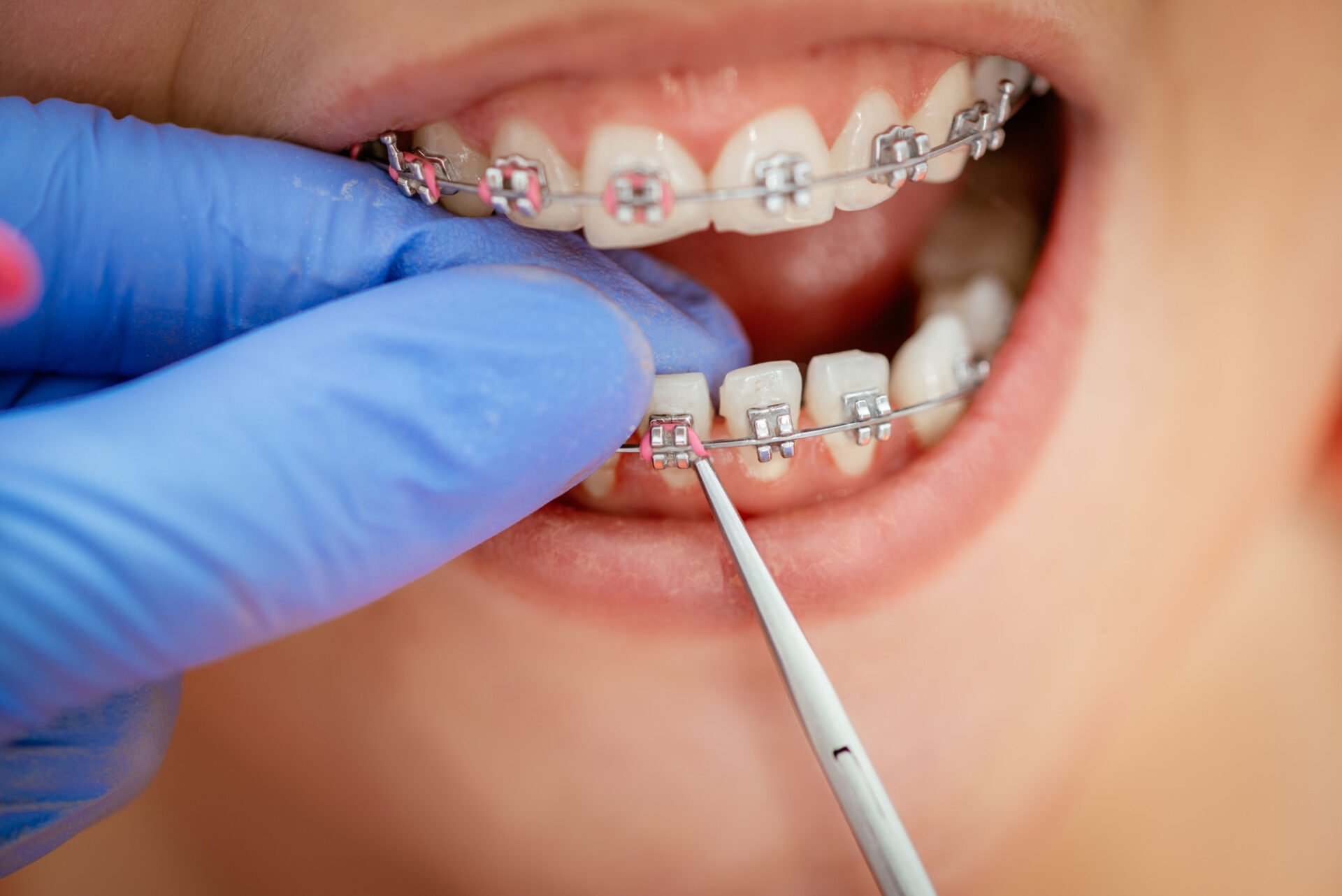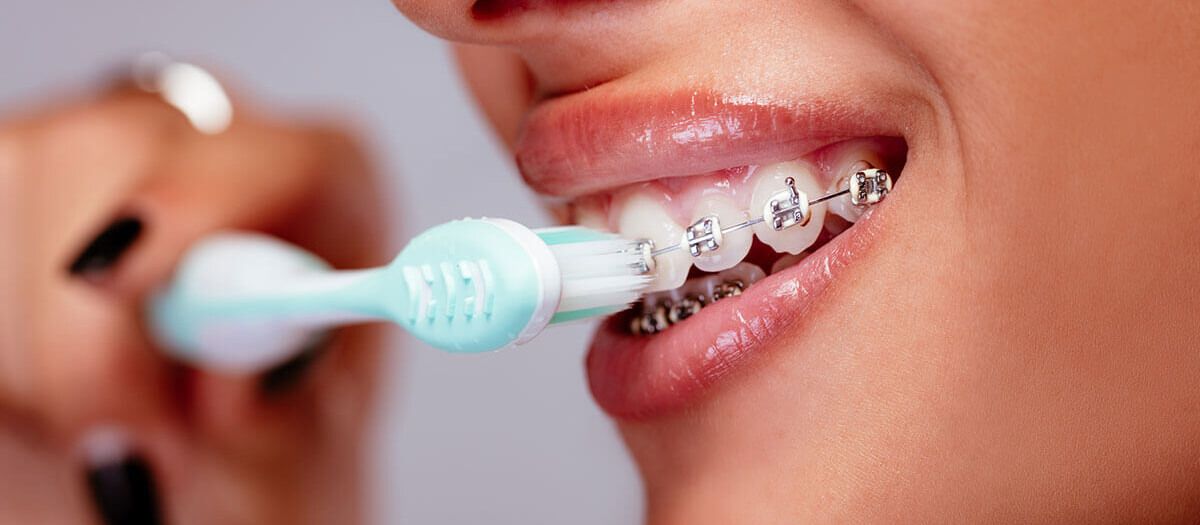Top Tips for Choosing the Best Cumming Orthodontist for Braces and Aligners
Top Tips for Choosing the Best Cumming Orthodontist for Braces and Aligners
Blog Article
Comprehensive Guide to Orthodontics Treatments for Correcting Dental Misalignments
In the realm of orthodontics, the trip to accomplishing a flawlessly aligned smile includes a myriad of treatments customized to fix dental imbalances. From typical dental braces to undetectable aligners and also medical choices, the area of orthodontics provides a series of options to deal with differing degrees of dental abnormalities. Understanding the intricacies of each treatment, including their systems, advantages, and potential disadvantages, is crucial in making notified decisions concerning one's orthodontic treatment. As we browse through the thorough overview to orthodontic treatments for dealing with dental imbalances, the intricate details of each technique will certainly unfold, clarifying the path towards a practical and unified dental placement.
Orthodontic Procedures Overview

Regular changes and tracking are essential parts of orthodontic therapy to guarantee progress is on track and to make any kind of needed modifications along the means. By going through orthodontic treatments, patients can not just accomplish a straighter grin yet likewise enhance their total dental health and function.
Traditional Braces: Just How They Function
When considering orthodontic treatments for oral imbalances, traditional braces stand out as a time-tested method for remedying teeth positioning. Traditional dental braces consist of brackets, wires, and bands that function together to use constant pressure on the teeth, gradually moving them into the desired placement.
As pressure is applied to the teeth through the dental braces, the bone surrounding the teeth is improved to support the brand-new tooth positions. People will require routine adjustments at the orthodontist's office to make certain the braces continue to apply the correct stress for reliable teeth movement.
Unnoticeable Aligners: Pros and Cons
Unnoticeable aligners supply a discreet and convenient option to traditional braces for dealing with dental misalignments. These clear, tailor-made trays are basically invisible when worn, making them an appealing alternative for individuals seeking a more visually pleasing orthodontic therapy. Among the key benefits of unnoticeable aligners is their removability, enabling much easier upkeep of oral hygiene compared to traditional braces. Individuals can get rid of the aligners prior to consuming or cleaning their teeth, lowering the threat of food obtaining stuck in the appliance and simplifying the cleansing procedure.

Surgical Orthodontic Options
Surgical interventions in orthodontics existing practical alternatives for attending to complex dental imbalances that may not be properly fixed with traditional orthodontic treatments. While traditional braces and unnoticeable aligners can correct many orthodontic issues, specific cases require surgical treatment to attain optimal results. Surgical orthodontic choices are normally advised for extreme malocclusions, significant jaw inconsistencies, and situations where the underlying bone framework requires alteration to achieve proper alignment.
One usual surgical orthodontic procedure is orthognathic surgical treatment, which entails repositioning the jaws to correct useful problems such as problem chewing or talking. This surgery is usually performed in collaboration with an orthodontist who assists line up the teeth prior to and after the treatment. Surgical orthodontics may likewise include treatments to reveal influenced teeth, remove excess gum cells, or improve the jawbone to produce an extra harmonious facial profile.
Before thinking about medical orthodontic alternatives, people go through an extensive evaluation to determine the necessity and possible benefits of such treatments. orthodontics. While surgery may seem overwhelming, it can significantly boost both the feature and go to website aesthetics of the smile in cases where standard orthodontic therapies drop short
Retainers and Post-Treatment Care

Post-treatment care includes following the orthodontist's guidelines faithfully. This may consist of correct oral hygiene techniques, participating in follow-up visits, and wearing the retainers as recommended. Failure to follow post-treatment care directions can lead to regression, where the teeth slowly move back in the direction of their original settings. Consistent retainer wear, excellent oral health, and normal dental exams are necessary for preserving the results attained via orthodontic surgical procedure and making sure the long-term stability of the dealt with oral alignment.
Verdict
In final thought, orthodontic treatments provide numerous options for fixing oral imbalances. Surgical orthodontic options are available for much more severe misalignments. Overall, orthodontic procedures can successfully enhance oral health and aesthetic appearance.
As we browse via the extensive overview to orthodontic procedures for fixing dental imbalances, the detailed information of each technique will unfold, dropping light on the course towards a practical and harmonious dental alignment. - cumming invisalign
One of the most usual orthodontic treatments is the use of dental braces, which are composed of steel braces and cords that apply gentle stress to slowly change teeth into the wanted placement.When taking into consideration orthodontic therapies for dental misalignments, traditional dental braces stand out as this page a time-tested gentle dental method for remedying teeth placing. Furthermore, unnoticeable aligners may not be suitable for complicated orthodontic concerns that need more substantial teeth movement, as they are normally advised for moderate to moderate cases. Retainers are tailor-made orthodontic devices created to hold teeth in their dealt with settings after the completion of orthodontic treatment.
Report this page